Some twenty years ago our book Powdered Vegetable Drugs was published, which provided an Atlas for use by analysts and others in the identification and authentication of medicinal plant materials. It is now out of print, and with the opportunity to produce a new work we have been able to consider the possibility of extending its usefulness to include other areas of analysis where microscopical criteria are of established or potential value. One particular field which is inadequately covered in the currently available literature is the microscopy of culinary herbs and spices, and as certain medicinal products such as ginger and Clove, described in the earlier book, also have culinary uses, a logical expansion seemed to be to include some of the more important herbs and spices commonly used in food products. By widening the scope in this way it is hoped that this present work will provide a more useful reference not only for forensic scientists and others engaged in the evaluation of powdered drugs, but also for analysts in the food and allied industries who are concerned with the authentication of raw materials. Accordingly, we have prepared drawings and descriptions for some twenty culinary herbs and spices for inclusion in this volume. We have also added to the coverage of powdered drugs with monographs on Ajowan, Hemlock, Opium, Rhatany, Senna fruit and Visnaga, which were not in our earlier book. In addition, we have incorporated monographs on grass and Lucerne as these, in powdered form, may be used to standardise prepared digitalis. Although chemical methods of analysis, especially chromatography, are now accepted as standard techniques for the identification of many vegetable materials, microscopical structure is long established as providing a most useful and reliable criterion. Microscopy is particularly applicable to the exmaination of mixtures when individual components can readily be recognised whereas no satisfactory chromatographic identification would be possible. Microscopy also has the advantages of requiring only small quantities of the material and, once the technique has been acquired, a conclusion as to whether or not a sample is genuine can be reached very rapidly. As this book is intended primarily for use in the verification of materials, for ease of location we have arranged the contents in alphabetical order according to their commonly accepted names. We have also provided separate indices of Synonyms and Botanical Sources. All the drawings in this book have been made solely by ourselves from previously authenticated samples. For the drugs and spices, which usually occur commercially in the powdered form, number 60 grade powders were prepared for examination, but for the culinary herbs, which are more usually available in the whole or broken condition, fragments of a suitable size were examined. The drawings were made at a magnification of 500, using a camera lucida, from fresh mounts prepared as described in the section on Practical Methods. In preparing the drawings our aim has been to illustrate the diagnostic characters for each material and we have excluded cell contents which are common to a morphological group but are not otherwise diagnostic, for example, aleurone grains and fixed oil globules in seeds. The descriptions, similarly, are intended to give a detailed account of the actual characters seen in the fragments rather than the full histology of the plant organ from which the materials are derived. We have quoted dimensions of cells and other particles only when they are of value in distinguishing between closely similar materials.
Atlas of Microscopy of Medicinal Plants, Culinary Herbs and Spices
In stock
Free & Quick Delivery Worldwide
reviews
Bibliographic information
Title
Atlas of Microscopy of Medicinal Plants, Culinary Herbs and Spices
Author
Edition
Reprint
Publisher
ISBN
8123900252
Length
xvii+257p., Figures; Index; 30cm.
Subjects

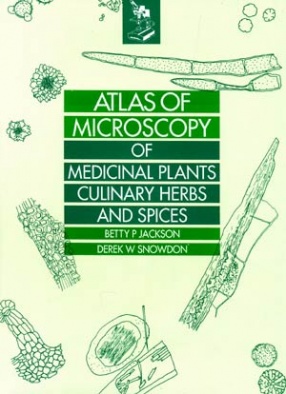
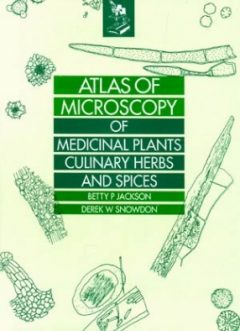
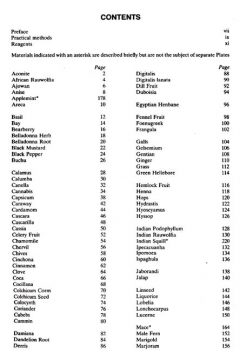
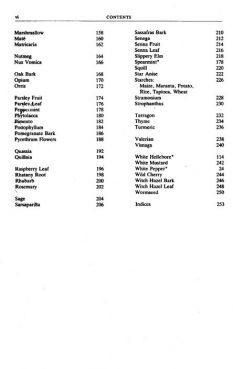
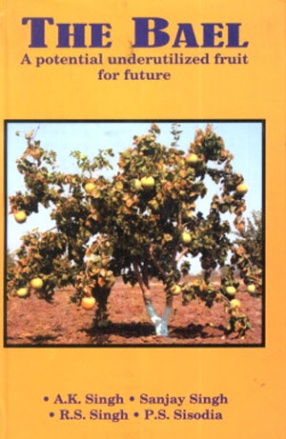

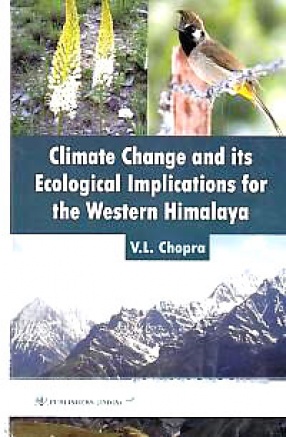
There are no reviews yet.